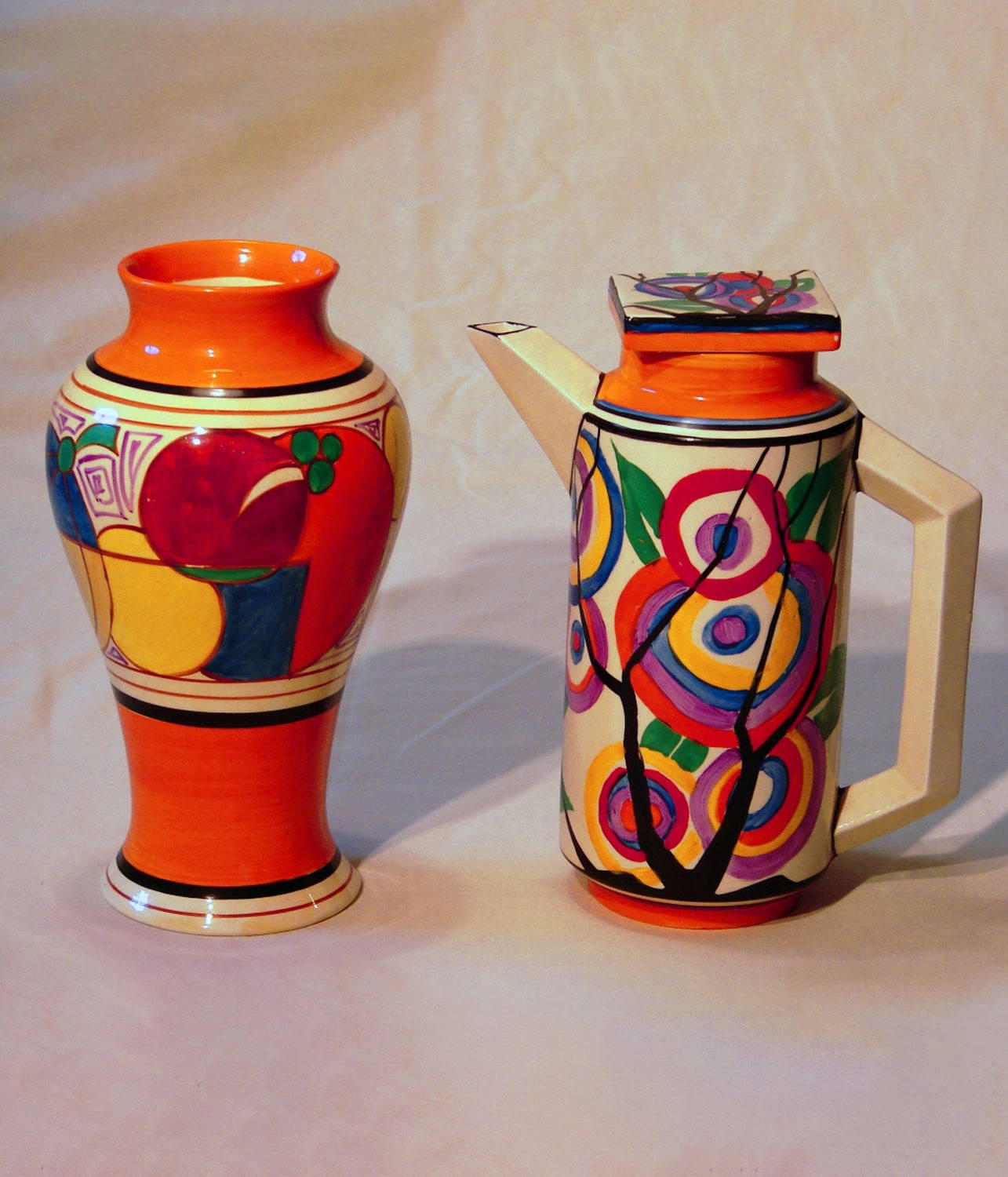The Uniqueness of Handmade Products
Handmade lighting collections with an appreciation for small, cherished differences;
What makes a product unique?
Words by The Coolicon Team
Photo by Coolicon Lighting
Photo by Coolicon Lighting
You’re all individuals
Que the speech given by reluctant sage and “very naughty boy” Brian of Nazareth in Monty Pythons “Life of Brian”:
Brian:
You’re ALL individuals!
Crowd:
Yes! We’re all individuals!
Brian:
You’re all different!
Crowd:
Yes! We ARE all different!
Man in crowd:
I’m not.
The Crowd:
Shhhh
Celebrate the Maker's Marks
Unlike the crowd gathered to hear Brian’s window ledge wisdom, we at Coolicon Lighting are not quiet about the tiny variances in our lampshades. These “birthmarks”, or Maker’s Marks as we call them, are celebrated as an integral part of the production process, leaving a very real record of when, where and by whom our lampshades were lovingly made.
“Birthmarks are certainly important. They qualify a person as unique.”
Jennifer K. Clark
Standardisation is still in many cases a very modern concern. The first Chinese emperor, Qin Shi Huang (260 to 210 BC), standardised not only the Chinese characters, but also the system of units and measurements as well as the currency and the width of cart axles. But it wasn’t until the industrial revolution that standardisation became the norm.
“Standardisation is still in many cases a very modern concern”
Although a Coolicon shade will have many aspects of standardisation (overall dimensions etc), when you add the alchemy of hand applied enamels and their interaction with a devilishly hot furnace, an individual is born. But like in all families there’s a clear resemblance to their siblings. When you choose a Coolicon®, you are in a very real sense choosing “your Coolicon”.
Photo by Ben Tanner

Photo by Leonard Griffin
Clarice Cliff
Just down the road from where we produce some of our Craftmans™ Collection, Clarice Cliff produced her much coveted range of ceramics with their recognisable strong geometric designs and bright, bold colours. These pieces are not uniform. As an example, the “Sunrise” coffee set is hand-painted, tiny differences reflect the work of the craftsman, yet they still hold together as a group and are enhanced by the individual finishing. They also hold their value as a result. Would they be coveted if they had been made in a modern factory? Probably not.
The growth of handmade products
The groundswell of support for handmade products in recent years has seen UK sales grow to £1 billion according to a recent report by the British Museum. Handmade products are much more attractive. People can relate to the skill that went into the product they purchase and as a result recognise the imperfections and unique nature of the product as truly unique to them.
“Hand-applied Vitreous Enamels are greener, handmade production tends to be on a smaller scale.”
Hand-applied Vitreous Enamels are greener, powered by a morning bowl of porridge rather than by a large application machine plugged into the national grid. Handmade production tends to be on a smaller scale and supports a myriad of family-owned businesses with the money staying in the local economy. It also rewards the buyer with a thoughtful purchase which reflects their own values and tastes and, as with many crafts, they have the beauty of longevity – this is not a disposable economy.
Photo by Ben Tanner
Photo by Ben Tanner
Our conclusion
At the beginning of this article we posed the question, “What makes a product unique?"
For the team at Coolicon Lighting we’d say the human element of our everyday production ensures every product is unique but, like a Clarice Cliff Coffee Set, it’s when they come together as a group that a Coolicon® really shines.
“It’s when they come together as a group that a Coolicon really shines.”